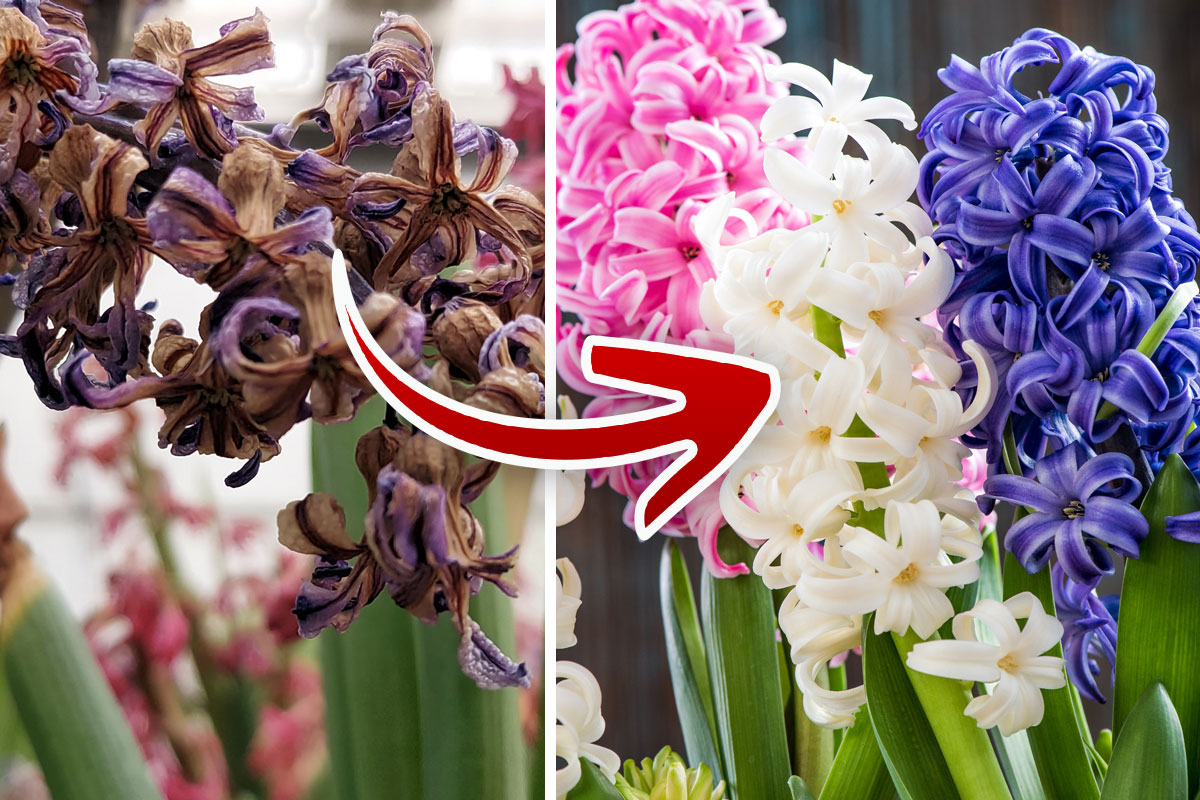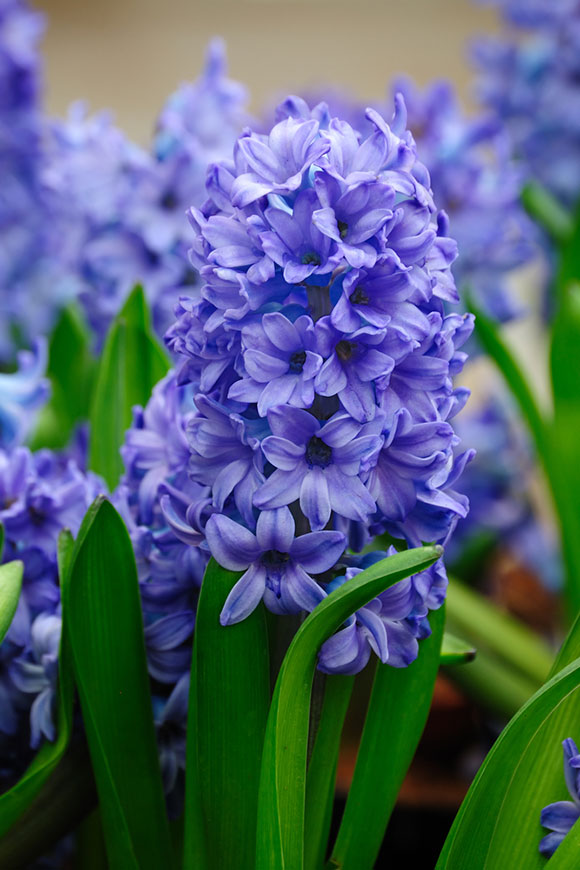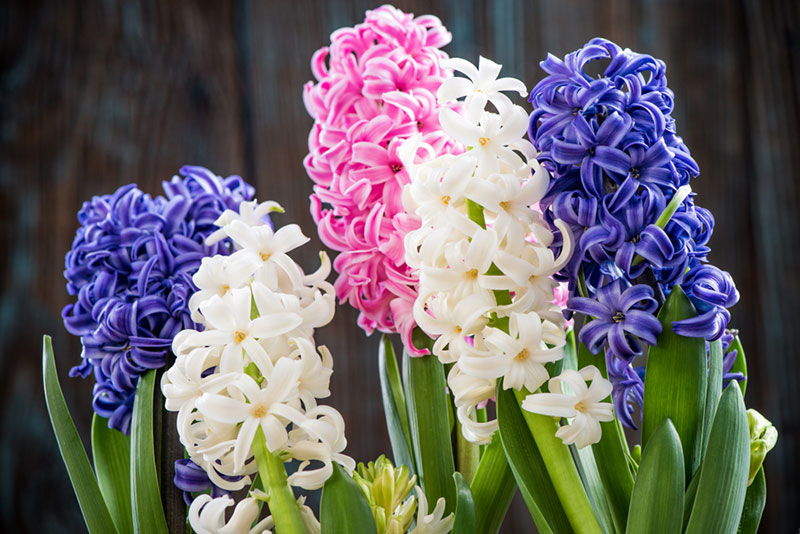
Hyacinths are a popular spring plant that features sweet, fragrant blooms covering a tall stalk. These beauties are not hard to care for and require minimal maintenance.
Despite their carefree nature, they can experience issues that interfere with their ability to produce those much-loved blooms.
The good news, however, is that there are a few things you can do to help get your hyacinth to bloom year after year.
Hyacinths Need a Cold Period
Hyacinths are spring-blooming bulbs that require a cold period in order to produce those vibrant flower heads.
Those cold winter temps signal to the bulb that spring is on its way and that it should start prepping for flower development.
If not allowed to have this cold time, the blooms will not properly form.
How can I chill hyacinth bulbs?
Chilling hyacinth bulbs is an easy process, but does take time. They will need to be chilled in an area with a constant temperature of between 35 and 48 degrees Fahrenheit for at least 13 weeks.
The area will also need humid air void of light. A great way to do this is to place the bulbs in a brown paper bag and store them in your refrigerator.
Make sure, however, not to place the bulb-filled bag next to fruit. Fruit naturally gives off ethylene gas as it ripens, and this gas can damage the bulbs.

How to properly plant hyacinth bulbs?
Once the hyacinth has gone through its cold period, you can then plant it outdoors.
Make sure to choose a site that gets full sun.
Hyacinths thrive in full sun, and planting them in an area where they will get all those rays will result in straighter stems and larger blooms.
Hyacinths also need loose, well-drained soil. Planting them in an area that stays soggy will lead to rot, which can eventually kill the plant.
For the best results, incorporate bone meal or compost into the top few inches of soil before planting the bulbs.
Remove Stalks After Flowering
One of the best ways to keep your hyacinth blooming year after year is to cut the stalk once the flower has faded.
If you allow the flower to stay on the plant after it is spent, it will start to develop seeds. While this isn’t a bad thing per say, it does utilize an abundance of resources that the plant could use to produce more blooms.
Keep in mind, however, that hyacinths bloom only once a year, but will keep coming back with better blooms if you take proper care of the plant.

Don’t Remove the Foliage
While deadheading helps the plant, removing the foliage because it is yellowing will cause more harm than good.
The plant uses its leaves to collect energy from the sun for next year’s flowers. If you remove the foliage, then it cannot absorb enough energy and next year’s growth will be stunted.
Instead, let the foliage die back naturally. An exception to this rule, however, is if the leaves have turned brown.
In this case, you can remove the foliage and discard it in the trash to help control and prevent fungal disease.
Give It Food
Hyacinths, like other plants, can greatly benefit from fertilization. Supplemental feeding does wonders to help promote flowering, as well as keep the plant healthy.
A balanced fertilizer applied in spring can boost the plants’ growth. Make sure to follow the usage instructions found on the back of the fertilizer packaging.
If you incorporate compost or bone meal into the ground before planting the bulbs, then fertilizer is typically not needed.
With that said, it shouldn’t cause harm to the plant to add additional fertilizer if your hyacinths are not growing strongly or producing blooms.





